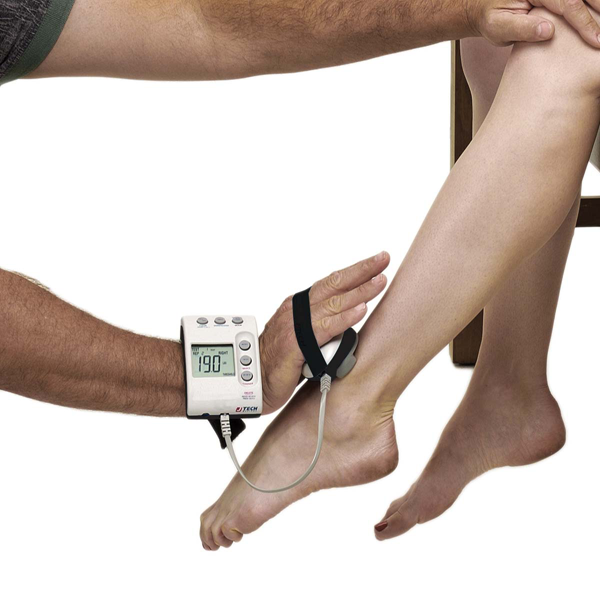Do your old injuries keep re-appearing? How to test for on-going strength deficits
By Physio, Liam Ryan
Do your old injuries keep re-appearing? Do you continue to still experience problems from an injury in the past? If this is you then read on…..
 A common complaint we see in clinic is the recurrent niggle or injury. It’s the troublesome calf or hamstring pain that comes back every year, it’s the aching knee after a ligament injury, it’s the recurrent ankle sprain, it’s the sore shoulder from swimming, it’s the sore back that keeps on coming back year after year. The list could go on forever…..
A common complaint we see in clinic is the recurrent niggle or injury. It’s the troublesome calf or hamstring pain that comes back every year, it’s the aching knee after a ligament injury, it’s the recurrent ankle sprain, it’s the sore shoulder from swimming, it’s the sore back that keeps on coming back year after year. The list could go on forever…..
One of the reasons that we see the recurrent niggles or injuries is that the rehabilitation process is NOT fully completed- your pain settles, you move at home, maybe you have returned to exercise and sport ok…..BUT!!! It is common to see ongoing strength deficits around the injured area, up to years after injury.
This is because the time it takes to restore your strength is longer than the time it takes to resolve your symptoms!
We know that a risk factor for many injuries is a lack of strength and capacity of the muscles to tolerate your work/activity/ exercise or sport. So if you have a baseline of muscles that aren’t strong enough, then ask them to work harder than they can tolerate, then you are at a higher risk of an injury- or that on-going niggle returning.
This is something that has been researched across many areas, and here’s what we know for sure:
– A 25% quadricep (front of thight muscle) strength loss over two years post ACL (ligament) reconstruction
– Quadricep strength loss and a decrease in muscle size with long term patellar tendon pain at the front of your knee
–  Persistent hamstring (back of your thigh) weakness after initial hamstring strain injuyr, with near 70% of people showing a greater than 10% weakness after returning to sport/work/exercise
Persistent hamstring (back of your thigh) weakness after initial hamstring strain injuyr, with near 70% of people showing a greater than 10% weakness after returning to sport/work/exercise
– Recurrent ankle sprains due to a lack of stability from surrounding muscles
– Recurrent rotator cuff tendon pain in the shoulder associated with a decrease in rotator cuff strength by up to 30%
– Ongoing feelings of shoulder instability (like it is about to “pop out” or pain) associated with a decrease in rotator cuff strength
As you can see, the persistent strength losses occur following both lower limb and upper limb injuries. BUT HOW DO YOU KNOW?
O ur experienced Physio’s can assess and test you. We use a combination of in-clinic movements, landing & jumping tests and a device known as a hand-held dynamometer to test your strength. We use our rehab gym equipment. We can compare one side of your body to the other, and we can give you a plan of how to FIX your niggle or on-going pain and injury.
ur experienced Physio’s can assess and test you. We use a combination of in-clinic movements, landing & jumping tests and a device known as a hand-held dynamometer to test your strength. We use our rehab gym equipment. We can compare one side of your body to the other, and we can give you a plan of how to FIX your niggle or on-going pain and injury.
Phone our Team on 07 5500 6470 or Book Online
